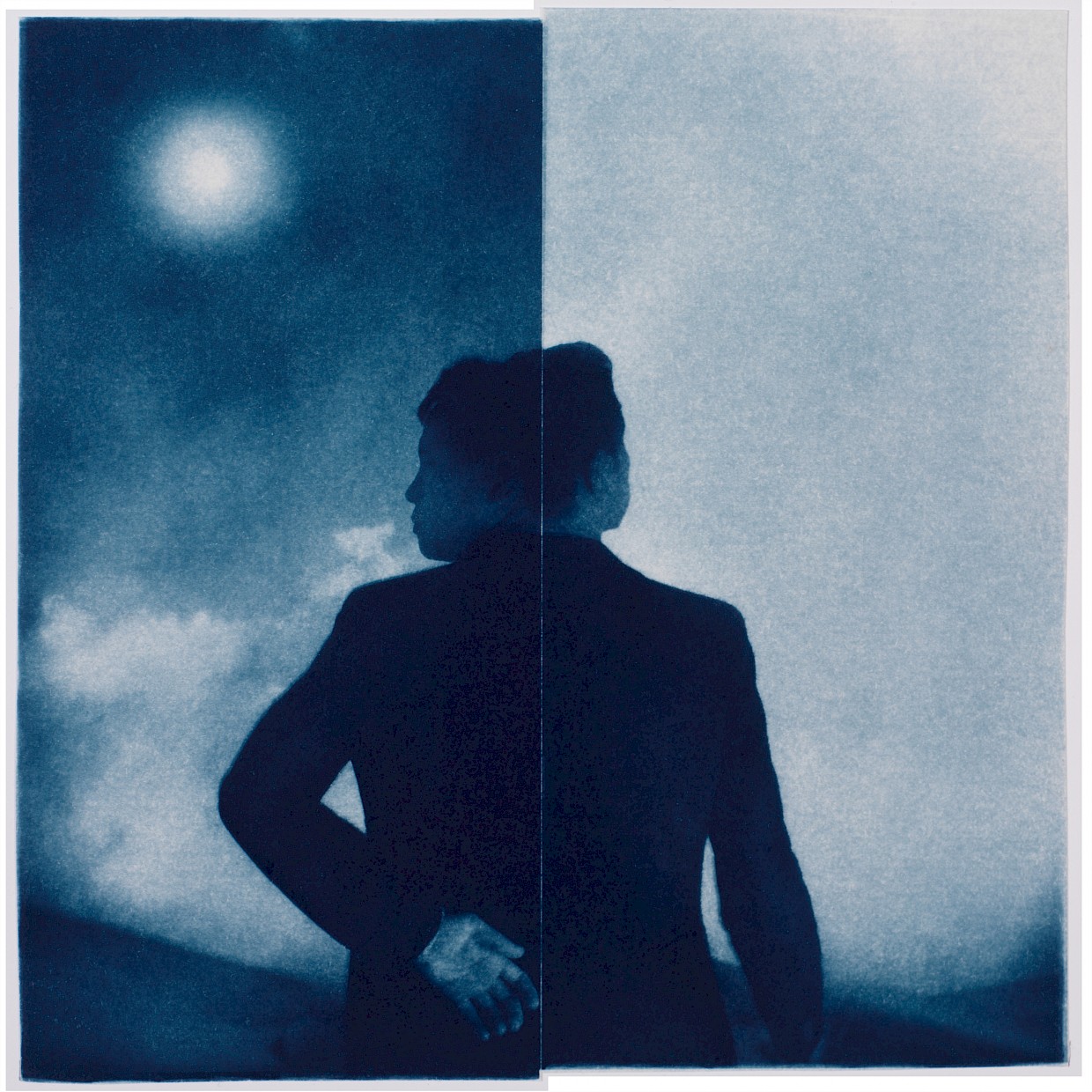Example of Synchronicity
Apr 9, 2016 / Photography / carl jung / synchronicity

This past Saturday, I did an artist talk during my pop-up exhibition at the Baltimore Theatre Project. At the start of my talks, I always pose this question: Should I remain as an accountant or become an artist? Do you go this way or that way?
In A Million Suns, the protagonist is continually deciding whether he should move forward or turn back, move left instead of right. When it comes down to it, my artwork is all about making choices.
When I went to work the following Monday morning, I turned on my computer as usual. I work at a company that has an intranet, and the homepage automatically loads when the computer boots up. I normally don’t read what’s on there, but this time around, something caught my eye. One of the items was entitled How To Choose. Hmm, that’s interesting I said to myself, as I clicked a link that led me to Ruth Chang’s TED Talk, How to Make Hard Choices. If you can indulge me, listen to this TED talk before reading any further.
What is Synchronicity
I was riveted by Ruth Chang’s TED talk. What I just experienced was synchronicity or a “meaningful coincidence” as Carl Jung defined it. Synchronicity refers to a situation where two unrelated events that do not have any causal connection nevertheless have a symbolic meaning to the person experiencing it. I talked about making a choice in my artist talk on Saturday night and then I discover this philosopher’s work on Monday morning. Such meaningful coincidence just seems too neat to ignore. Is the universe trying to say something?
I’ve written about synchronicity before in my blog article Art and the Accumulation of Mistakes. I even had an example of synchronicity in that post. When I say my work touches on ideas relating to identity, choice, free will and destiny, the idea of synchronicity comes under the “free will and destiny” part.
So you might be saying, so what? How does this apply to me?
Synchronicities in Life
Well, I wonder what synchronistic events happen in your life, but you dismiss it as meaningless coincidence.
But is it?
It’s an interesting question to think about.
As for myself, with this recent synchronistic event, I am more convinced that what I am doing in my artwork is what my unconscious wants me to do. Said in another way, what I’m doing in my artwork is what I’m supposed to be doing.
Saying this is problematic since it sounds so irrational.
I’ve started reading about synchronicity again as a result of what just happened. I’m leaving you with a quote from page 55 of Robert Hopcke’s book, There Are No Accidents. It’s pure gold.
In our earlier discussion of the causal nature of synchronistic events, we acknowledged our very human tendency to try to exert and establish control over our lives, as if somehow our consciously deciding what story we are going to be living and doing whatever necessary, come hell or high water, to make it turn out that way, is the best or the only way to achieve happiness and fulfillment. Certainly part of the wonder of synchronistic events is the way that such an attitude gets turned on its head. By pure accident, without our willing them, certain events sometimes occur to us which show us that our lives may well be on another narrative track all together, that the story we have made up for ourselves may not be our story at all, and only our own openness to reconsidering the plot will allow us to use this meaningful coincidence to our own benefit.



